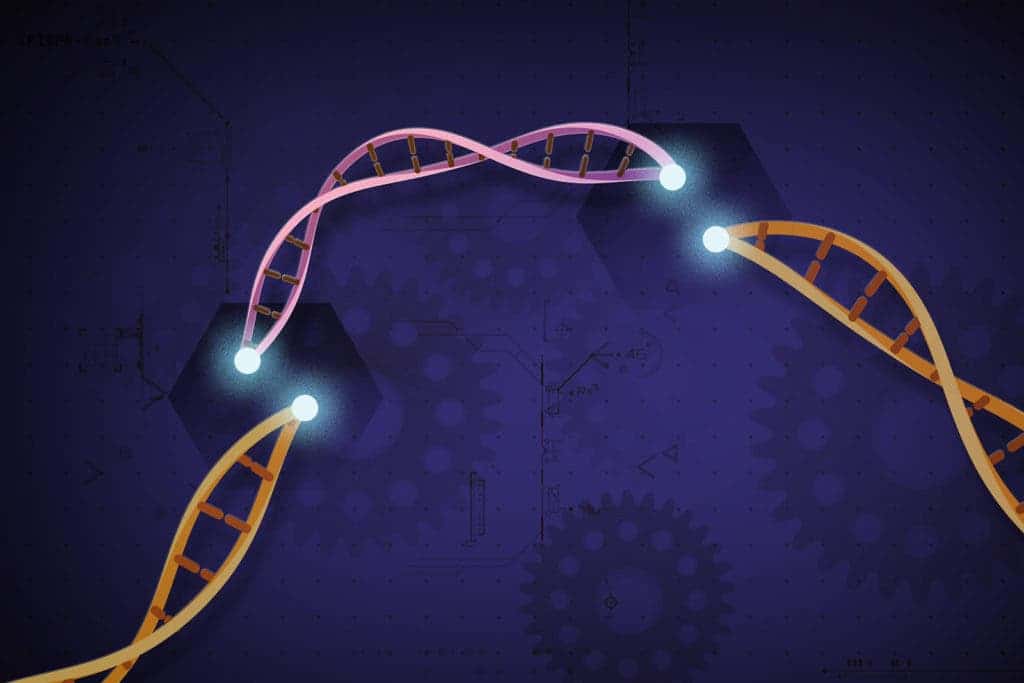In a world’s first, scientists have directly administered a CRISPR–Cas9 gene therapy in a patient suffering from a hereditary blindness disorder. The clinical trial, named BRILLIANCE, is still ongoing.

The aim of the trial is to see whether removing a mutation that causes Leber’s congenital amaurosis 10 (LCA10) — the leading cause of childhood blindness in the world for which there is no cure — might reverse the disease.
Researchers at the Oregon Health & Science University in Portland, in collaboration with pharmaceutical companies Editas Medicine (USA) and Allergen (Ireland), encoded the components of the CRISPR gene therapy into a virus that was injected directly into the eye of the patient.
The therapy targets a mutation in the gene CEP290 that is known to cause LCA10.
Previously, clinical trials involving CRISPR-Cas9 edited the genomes of cells that had been removed from the body and later infused them into the patient. In contrast, this time the therapy was inserted directly into the live human body.
For now, there are no details concerning the procedure, such as when it took place or how the patient is fairing. According to the researchers though, it might take a month before the patient should start restoring vision.
However, this isn’t the first time that gene-editing has been used in the human body. Previously, researchers used an older gene-editing technique called zinc-finger nuclease on live patients suffering from Hunter’s syndrome. The results suggest that the procedure was safe; however, there were little signs that the disease’s symptoms improved.
Scientists think that BRILLIANCE is different, betting on CRISPR-Cas9’s superior accuracy and versatility. What’s more, other gene-editing techniques aren’t suited at all for treating LCA10 since they typically require inserting a healthy copy of the mutated gene into the affected cells. The CEP290 gene, however, is much too large to fit into a viral genome. With CRISPR, you don’t have to insert the entire gene — you simply encode instructions that remove the mutation.
Patients suffering from LCA10 still have photoreceptors in their retina that should theoretically allow them to see — it’s just that the mutation disables these cells. Scientists hope that once the therapy advances, these sensing cells will become activated and the patient will be able to see.
“This is one of the few diseases where we think you could actually get an improvement in vision,” Mark Pennesi, a specialist in inherited retinal diseases at Oregon Health & Science University in Portland told Nature.
There shouldn’t be any safety issues since the gene-editing tool stays in the eye and doesn’t travel to other body parts.
Even if the therapy doesn’t work as intended, the trial is a milestone in gene editing, signaling that medicine is ready to make the leap from treating cells in a dish. And if all goes well, researchers plan on testing the therapy on 18 children and adults.









